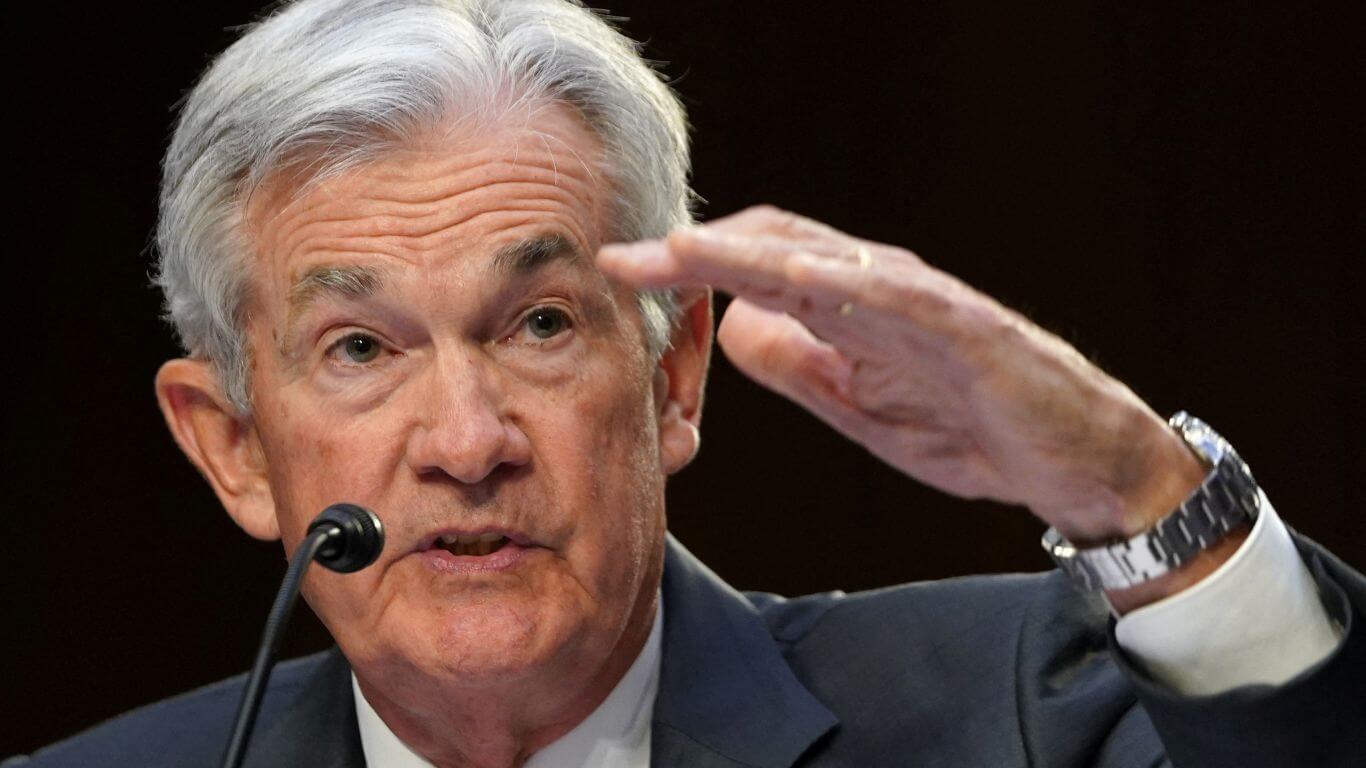
Hey Jay, why not express your true feelings? That was the market response in Asia to the Fed chair Powell warning about quicker rises and higher rates.
The two-year Treasury yield has increased to 5.07%, which is 107 basis points higher than the 10-year yield and the highest level since 1981.
According to the textbooks, a recession should be DEFCON 1, but thus far, stable S&P 500 futures prices indicate that stock markets aren’t totally buying it.
The probability that the Fed will raise interest rates by 50 basis points this month has increased from 9% to 70%, according to Fed fund futures, which took Powell at his hawkish word.
Peak is now between 5.50 and 5.75%, with a chance of even higher.
Goldman promptly increased its peak prediction by 25 bps to 5.5-5.75% and anticipates the FOMC dot plot to follow suit.
Powell’s emphasis on the “totality” of the data, according to JPMorgan, gives Friday’s payroll numbers and next week’s CPI a lot more weight.
The bar has probably altered so that the February data need to reverse some of the January strength in order to stay at 25bp, according to JPMorgan’s analysts, now that Powell has opened the door to 50bp. And if they increase by 50bp this month, it may start to be considered the new standard for May and June.
Notably, the CPI is released during the Fed’s media blackout period, which may affect how the market reacts and may prompt a timely commentary by a Fed whisperer in one or more newspapers.
All of this frantic speculation has undoubtedly benefited the U.S. dollar, which for the first time this year broke over its 200-day moving average on the yen to touch 137.49.
After seeing its largest single-session decline in five months overnight, the euro reached $1.0538.
When RBA chief Lowe specifically chose this moment to raise the potential of “pausing” its 10-month tightening program, the hapless Aussie dollar took further damage.
Lowe cited Australia’s comparatively muted wage growth and the fact that, because most mortgages have variable rates rather than fixed ones, increases have a greater effect on consumer expenditure.
The Bank of Canada is expected to go all the way and really pause at its policy meeting later on Wednesday, though it may sound hawkish to try and reduce the consequences for the loonie.
The Canadian dollar is currently trading at a four-month low of 1.3766 to the US dollar, and the worst is still to come, according to macro strategist Alan Ruskin of Deutsche Bank.
The rate gap is consistent with the USD/CAD moving up to 1.40 or even slightly beyond, according to Ruskin in a note. “If the Fed follows through and raises by 50bps in March, and even more likely the Bank of Canada slams the pause button,” he adds.
In essence, failing to follow the Fed can result in a significantly weaker currency and a higher risk of imported inflation. Thanks again, Jay.
Important developments that could influence markets on Wednesday:
- Data for January’s German retail sales and industrial output
- Speakers include ECB President Christine Lagarde and Swati Dhingra, a member of the Bank of England Monetary Policy Committee.
The Fed’s Barkin talks during Fed Chair Jerome Powell second round of testimony before the House Financial Services Committee.
- U.S. JOLTS data, which will include annual adjustments and projections for a significant decline in job vacancies. Employment and trade data from ADP
- A statement from the Bank of Canada at 1500 GMT







